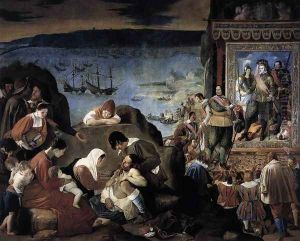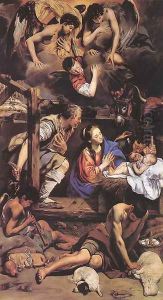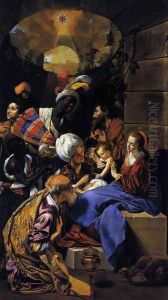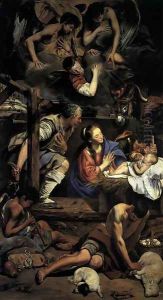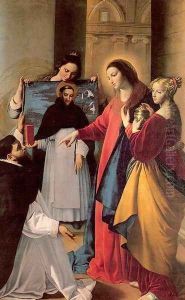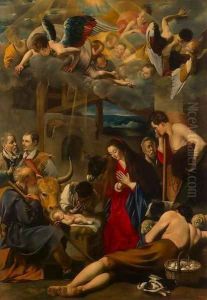Fray Juan Bautista Maino Paintings
Fray Juan Bautista Maino, born in 1581 in Pastrana, Spain, is remembered as one of the distinguished painters of the Spanish Golden Age. His early life saw him moving to Italy, specifically to Rome, where he was profoundly influenced by the burgeoning Baroque style and the works of Caravaggio. This period was crucial for Maino, as it helped him to develop a keen eye for light, shadow, and the dramatic intensity characteristic of the Baroque movement. After spending significant time in Italy, Maino returned to Spain, bringing with him the new artistic techniques and ideologies he had absorbed.
Upon his return to Spain, Maino decided to join the Dominican Order, a move that significantly influenced his artistic output. His religious commitment found expression in his works, many of which were religious in theme, imbued with a deep spiritual intensity and a meticulous attention to detail. He became particularly known for his mastery in depicting religious narratives with a remarkable sense of realism and emotional depth, qualities that made his paintings deeply moving to viewers. Among his notable works are 'The Adoration of the Shepherds' and 'The Annunciation,' both of which are celebrated for their luminosity and the tender humanism they portray.
Maino's contribution to art was not limited to his paintings. He also served as a teacher at the Real Academia de Bellas Artes de San Fernando in Madrid, where he played a pivotal role in shaping the next generation of Spanish artists. His teachings and artistic philosophy deeply influenced his students and the broader Spanish art scene. Despite his significant influence and contributions, Maino's work was somewhat overshadowed by his contemporaries, and it was only in recent years that his art has received the recognition it deserves. His paintings are now celebrated for their emotional depth, technical mastery, and as valuable examples of the transition from the Renaissance to the Baroque period in Spanish art. Maino died in 1649, leaving behind a legacy that, over time, has been re-evaluated and appreciated for its unique contribution to the Golden Age of Spanish painting.
